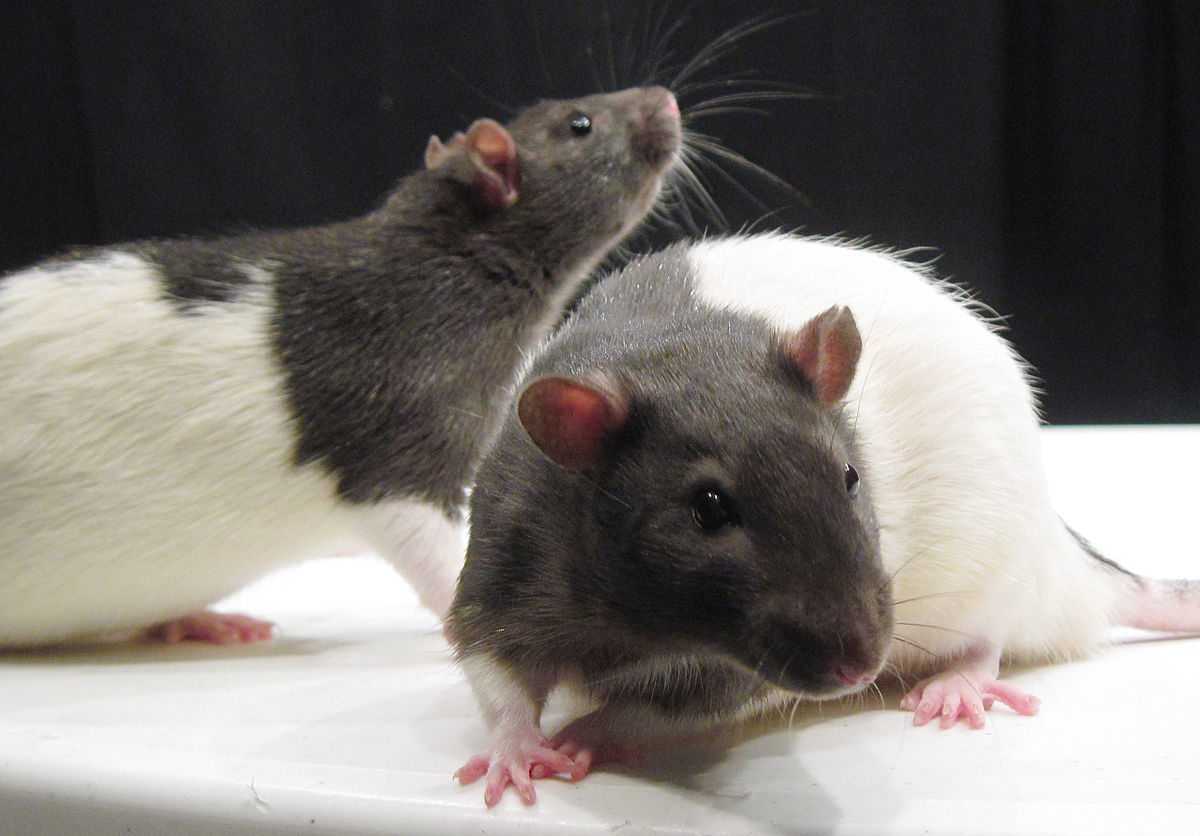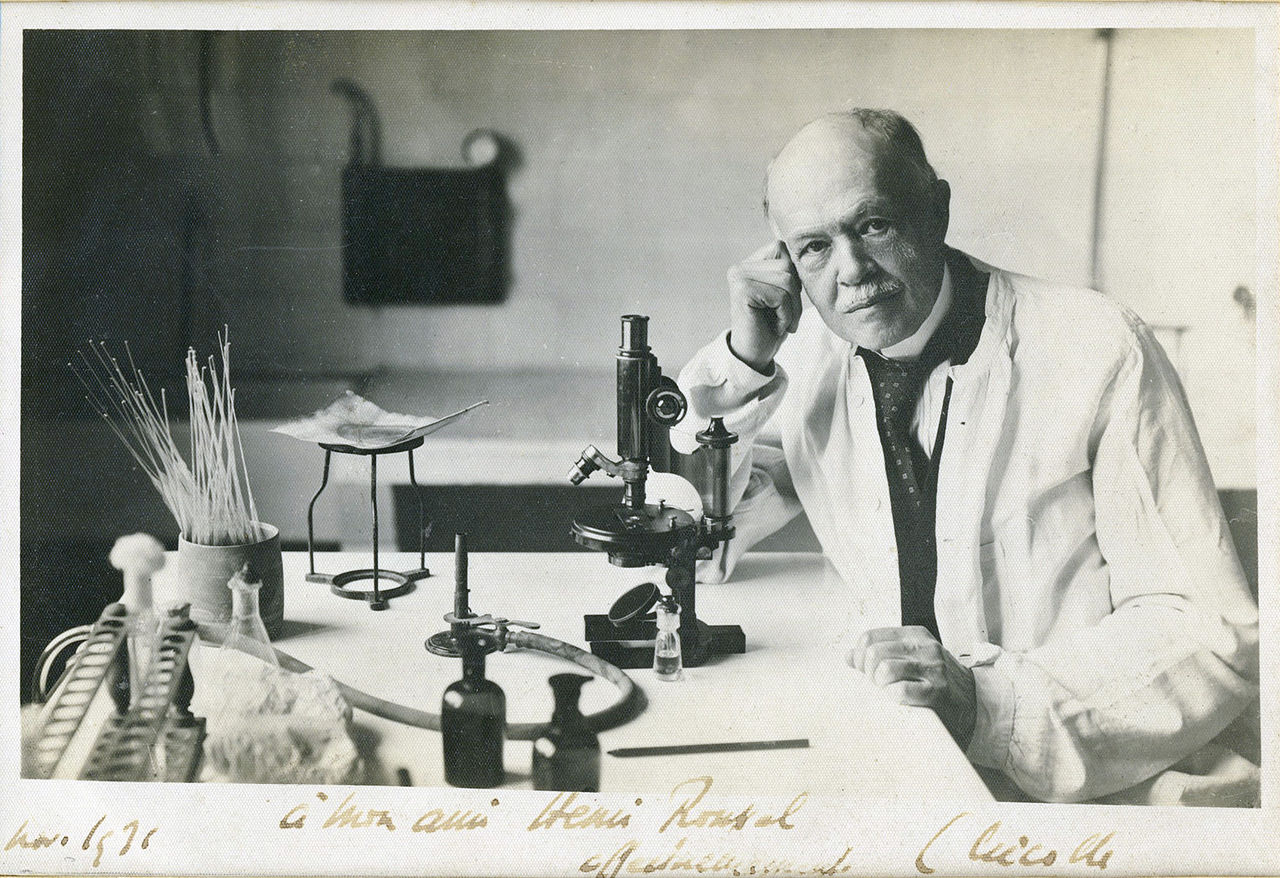Here's my rhetorical action plan.
 |
| No author. "Action Plan" n.d. via picserver.org. Attribution-ShareAlike 3.0 Unported. |
1. Audience
A. Knowledge
The audience knows little about basic chemistry. They know that drugs are a chemical reaction and sometimes the drugs react with molecules that were not intended to be reacted with and that that causes problems.
B. Values
The audience has to value logic more than emotion on this issue. If not, they will want animal testing stopped regardless.
C. Standards of Argument
I will use research that discusses the leading replacements for animal testing and how useful they actually are. This will be persuasive because my audience values logic. I will be sure to explain anything that was not completely clear to me because I am similar to my intended audience.
D. Purpose
My audience is reading my argument because they value logic in a controversy that is full of emotion. This isn't intended to motivate my audience since my audience doesn't have power to make a change in this controversy.
2. Genre: Essay
A. Function
Essays are generic in the world of writing. For a logical based audience, essays are effective because they are highly structured and contain evidence that is thoroughly explained.
B. Setting
This genre is common for the formal and intellectual world.
C. Appeals
Logic is king in this genre and audience. Appeals to credibility are effective too, but it needs to be used to develop reliability rather than just state that a source is expert level so they must be right. Appeals to emotion will not make an appearance in this essay.
D. Visual Elements
The only visual elements this audience wants to see is graphs. Even then, it's not necessary and based on this subject, it does not seem like it will be needed.
E. Style
This genre is formal. Any break from formality goes against my credibility.
3. Responses
A. Positive Support
People will respond positively if they value facts. I don't anticipate any action to be taken since I am defending the way things are.
B. Negative Rebuttals
People may react negatively if they are not within the intended audience. Those who value emotion over logic will not like my essay.
C. My Response to Negative Rebuttals
There's only so much logic some people won't listen to before it's time to decide they're a lost cause. If I encounter a logical counterargument, I will address that when it happens, but I have no sources that logically oppose my viewpoint.
D. Chains of Action
Again, this is a defensive case so the chain of action ends at prove the opposition is wrong.





.jpg)
.png)















